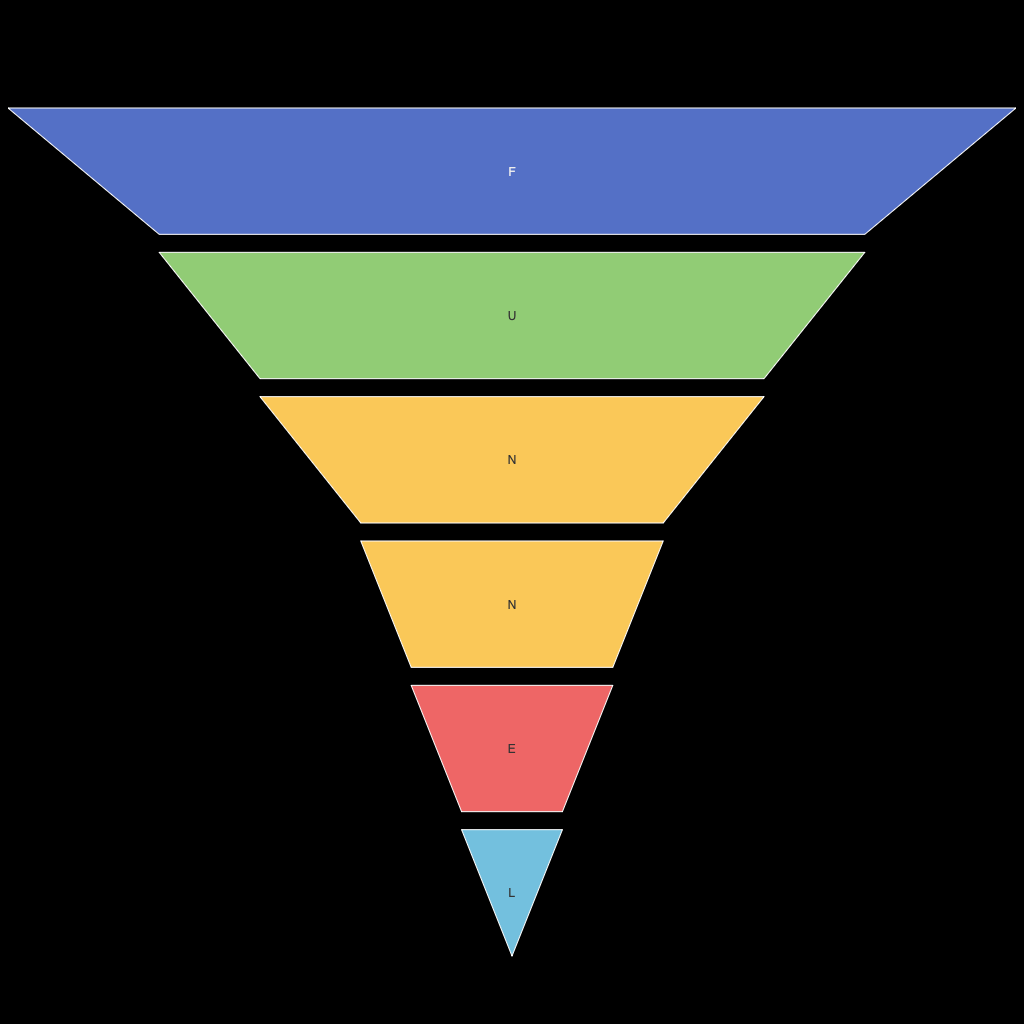Unlocking the Power of Funnel Charts: A Step-by-Step Guide to Boosting Business Performance Visualization
In the competitive world of business, data visualization has taken center stage by becoming an indispensable tool for decision-making. Amidst this, a type of chart has gained significant traction, known as the funnel chart. Designed to help professionals visualize drop-offs in customer journeys or data flows, funnel charts have proven to be a dynamic and powerful asset in the arsenal of business performance visualization techniques. This article serves as a comprehensive guide, unravelling the secrets to mastering the intricate yet powerful art of using funnel charts to enhance business performance visualization.
### Understanding the Foundation: Definitions and Elements
**Definition**: A funnel chart is a type of data visualization that visually represents the flow of a continuous process, breaking it down into segments or stages to illustrate where the flow decreases or “dwarfs” as it moves through the various stages.
– **Components of a Funnel Chart**:
– **Top of the Funnel (TOFU)**: The broadest section represents the initial stage where the process begins with the highest number of participants or data input.
– **Middle of the Funnel (MIDFU)**: This section shows the stage where the process narrows down, indicating a reduction in the flow or participants, due to filtering or higher requirements.
– **Bottom of the Funnel (BOFU)**: The smallest section represents the final stage where the process reaches its conclusion with the least number of participants or lowest flow rate.
### Importance of Funnel Charts in Business
Funnel charts play a crucial role in providing businesses with a clear, engaging, and impactful way to understand and present complex data. Here are a few compelling reasons why businesses should harness the power of funnel charts:
– **Enhanced Understanding of Trends**: By visualizing flows and attrition at different stages of a business process, funnel charts help in understanding how customers or processes move through various stages, spotting where the losses occur, and improving these areas.
– **Streamlined Decision-Making**: When presented with visual data, individuals are often better equipped to comprehend and interpret trends and patterns compared to raw numbers. Funnel charts facilitate quick and informed decisions by visually highlighting any bottlenecks or inefficiencies.
– **Improved Reporting and Presentation**: Funnel charts are visually appealing, making them perfect for reports and presentations where impactful and memorable graphic elements are required to grab and hold attention.
### How to Construct and Utilize Funnel Charts
Crafting an effective funnel chart involves a few key steps:
1. **Identify the Process**: Pinpoint the specific stages or stages in a process that you wish to visualize. This could be customer acquisition, product usage, conversion rates, or any other relevant journey mapping process.
2. **Gather Data**: Collect accurate data on each stage, including the number of participants entering and exiting at each stage. This might involve metrics such as sales funnels, website traffic, or lead generation statistics.
3. **Choose Your Tool**: Several tools, including Excel, Google Sheets, SPSS, and specialized software like Tableau or Power BI, offer the capability to create funnels. Choose a tool that best suits your needs and expertise levels.
4. **Create Your Funnel**:
– Plot the TOFU at the top of your chart, with the highest value.
– Gradually decrease the width to represent the narrowing effect as you move down the stages, indicating a decline in the number of participants or data.
– Ensure each stage is clearly labeled and appropriately sized to reflect the data accurately.
5. **Highlight Key Metrics**: Include data labels or annotations to denote important metrics at each stage, helping to draw attention to areas of interest or concern.
6. **Iterate and Improve**: Continuously refine your funnel chart based on feedback and new insights. This might involve tweaking design elements, adding new stages, or adjusting data sources as your business evolves.
### Key Considerations for Effective Use
– **Consistency and Clarity**: Ensure that the funnel chart is consistent and clearly representational, with appropriate color schemes, annotations, and legends where needed.
– **Simplicity vs. Detail**: Balance the inclusion of necessary detail with maintaining the readability and simplicity that makes funnel charts so effective.
– **Integration with Other Data**: Funnel charts can be combined with other visualizations, such as pie charts or line graphs, to provide a comprehensive view of business processes and performance.
– **Regular Updates**: Keep your funnel chart up-to-date with current data to ensure the visualization accurately reflects the current state of your business.
### Conclusion: Harnessing the Power of Funnel Charts
In an era where data-driven decision-making is paramount to business success, funnel charts serve as a powerful tool to visualize and enhance the understanding of dynamic processes. By mastering the art and science of funnel charts, businesses can gain valuable insights, streamline operations, and refine strategies, leading to improved performance and competitive advantage. As the importance of data visualization continues to grow, so too does the ability to turn funnel charts into a strategic asset for any organization committed to optimizing business processes and outcomes.
